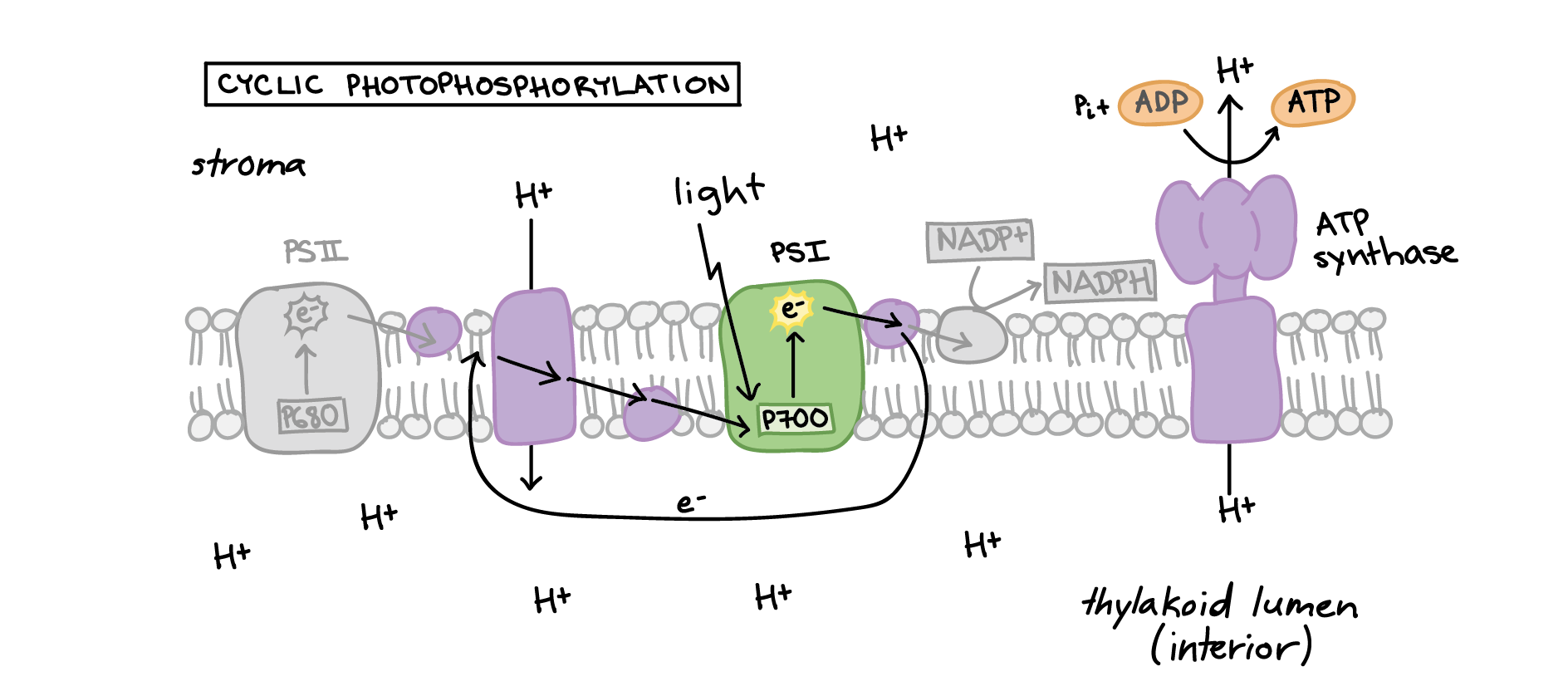The Light Dependent Reactions Of Photosynthesis - Have you ever wondered how plants are able to get their energy? How they are able to create the oxygen that we breathe? It is all thanks to photosynthesis, which is the process that takes place in the chloroplasts of plant cells. Photosynthesis is a complex process that involves several steps. One of the most important steps is the light-dependent reactions. In this post, we will discuss the light-dependent reactions in detail and provide tips and ideas on how to optimize this process.
What are the Light-Dependent Reactions?
The light-dependent reactions are the first stage of photosynthesis. They take place in the thylakoid membrane of the chloroplasts, which are organelles within plant cells. These reactions require light energy to be converted into chemical energy that can be used by the plant for various functions, such as growth and reproduction.
How Do the Light-Dependent Reactions Work?
The light-dependent reactions are a series of complex chemical reactions that take place in the thylakoid membrane. The process begins when light is absorbed by the chlorophyll molecules in the thylakoid membrane. This energy is then used to split water molecules, which releases oxygen gas as a byproduct.

What Happens Next?
The energy from the light is then used to generate ATP (adenosine triphosphate) and NADPH (nicotinamide adenine dinucleotide phosphate). ATP is a molecule that provides energy to the plant for various cellular processes. NADPH, on the other hand, is used to reduce carbon dioxide molecules to create sugars during the next stage of photosynthesis, called the light-independent reactions.

Tips for Optimizing the Light-Dependent Reactions
Now that you have a basic understanding of how the light-dependent reactions work, let's discuss some tips and ideas that can be used to optimize this process.
1. Ensure Proper Light Exposure
The light-dependent reactions require light energy to function properly. As such, it is important to ensure that the plant is receiving adequate light exposure. This can be achieved by providing the plant with access to direct sunlight or by using artificial light sources, such as grow lights.
2. Monitor Temperature
The temperature of the environment can also impact the light-dependent reactions. Extreme temperatures, either too hot or too cold, can cause the reactions to slow down or stop entirely. As such, it is important to monitor the temperature and keep it within a suitable range.

3. Provide Sufficient Water
The light-dependent reactions rely on water molecules to function. Without sufficient water, the reactions will be limited and may not function at all. As such, it is important to provide the plant with sufficient water to ensure proper function.
4. Use Fertilizer
Fertilizer can also help to optimize the light-dependent reactions. Fertilizer provides the plant with the necessary nutrients to function properly. When selecting a fertilizer, be sure to choose one that is suited to the specific needs of your plant.

5. Reduce Stress
Stress can also impact the light-dependent reactions. Plants that are stressed may not function properly and may experience stunted growth or other issues. As such, it is important to reduce stress whenever possible by providing the plant with a suitable environment and reducing any external stressors.
Conclusion
The light-dependent reactions of photosynthesis are a crucial aspect of plant growth and development. By understanding how these reactions work and implementing the tips and ideas discussed in this post, you can help to optimize this process and promote healthy plant growth. Remember to monitor light exposure, temperature, water, and any external stressors to ensure the best possible results.

View more articles about The Light Dependent Reactions Of Photosynthesis